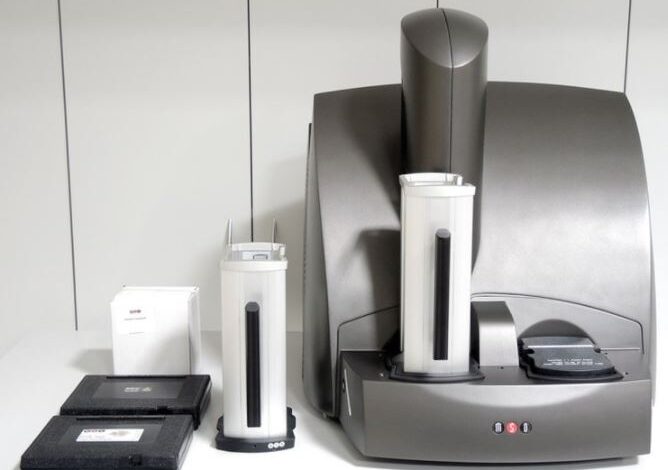Researcher’s Guide: A Quick Overview Of Meso Scale Discovery

Meso Scale Discovery (MSD) is a leader in developing, producing, and commercializing assays and techniques for measuring analytes in biological samples. Meso Scale assays employ Multi-array technology and enable researchers to analyze multiple analytes simultaneously in a single assay volume. Today MSD Meso Scale assays are widely used by pharmaceutical companies, research organizations, universities, and drug discovery and development laboratories. Over time, MSD has evolved to help researchers solve complex issues and accelerate several phases of drug development. Besides, the company is continuously working on expanding its applications into emerging fields of companion diagnostics and personalized medicine.
MSD’s technology helps researchers profile crucial biomarkers such as intracellular signaling proteins and cytokines, which are vital for expediting the drug discovery and development process. MSD combines electrochemiluminescence and Multi-array technology to provide enhanced sensitivity and multiplexing capacities making it a robust detection system.
Electrochemiluminescence detection
Electrochemiluminescence reaction is incorporated in every msd assay. Upon electrical stimulation, electrochemiluminescent labels generate light in appropriate chemical environments. This reaction yields a light signal used to measure the amount of proteins and other biomedical molecules in study matrices. Let us now understand the working of electrochemiluminescence labels.
- Multi-array and Multi-spot MSD microplates are coated with high binding carbon electrodes for easy attachment of biological compounds. These carbon electrodes have a 10X binding capacity than regular polystyrene surfaces.
- As mentioned above, MSD assays have electrochemiluminescent labels conjugated to detect antibodies. These labels are also called Sulfo-Tags and are ultra-sensitive.
- Once electricity is applied to the microplates, these Sulfo-Tags emit a light signal. The intensity of generated light is proportional to the amount of analyte in the sample.
What are the advantages of electrochemiluminescence?
- MSD assays are highly sensitive. Multiple excitation cycles amplify the signal and enhance the light levels.
- They have a broader dynamic range. Hence, researchers can detect high and low expression levels without requiring multiple dilutions.
- The stimulation method is decoupled from the light signal; and thus analytes near the surface are detected, leading to low background disturbance.
- MSD assays are easier to use than conventional immunoassays.
- They are highly flexible. Besides, labels are non-radioactive, stable, and easily conjugated to biological molecules.
- Finally, electrochemiluminescence detection provides high-quality data in a broad range of clinical samples such as serum, plasma, cell supernatant, and whole blood.
Multi-array technology
MSD’s Multi-array technology combines arrays and electrochemiluminescence to accelerate assay timings and provide high-density study data. Moreover, in combination with Multi-spot plates, MSD can quantify several analytes in a single assay volume, reducing the time and effort required by other assay platforms. Multi-spot plates mean having multiple spots within a single well. Multi-array plates come in 96-well and 384-well formats and have up to 10 spots per well.
What are the advantages of Multi-array technology?
- Multiplex capacities mean researchers can conserve valuable samples and allow analysis in meager volumes of study samples.
- Achieves speed and sensitivity similar to conventional singleplex assays with results across a broad dynamic range.
- Importantly, researchers can measure native levels of biomarkers in diseased and normal samples without multiple dilutions.




